Category Results:
How Iteration Inspires Intuition For Innovation
Guest blog post by Ron Sparks
Some days all my work is iterating. I’m not crafting something new in one attempt. I’m Tweaking. Testing. Exploring. I’m Grasping for what works. Often, after pushing ideas to find some new edge, I end up where I started.
My best idea is my first idea. My first idea is my best idea.
If that’s true, why is iteration still important? Why not lean on one’s intuition of what works well? Why try to test more when work is subjective? Why look for better when we already have good?
Iteration is a Tool Used by Masters
it·er·a·tion
“the repetition of a process or utterance.” (1)
Months ago I traveled to Italy with my wife and some friends. It was a first for me to see hundreds of sculptures and paintings by Renaissance masters: Leonardo da Vinci, Raphael, Sandro Botticelli, Michelangelo, and Bernini. I learned when the Renaissance masters were sculpting they’d often start with sketches (bozzetti) and next create models with clay, wax or wood.
Their final visions came to life with the support of their earlier iterations.
The time these Renaissance masters took to finish their works was incredible. Many artists refined their works for years and often works were finished beyond an artist’s lifetime (and sometimes not at all).
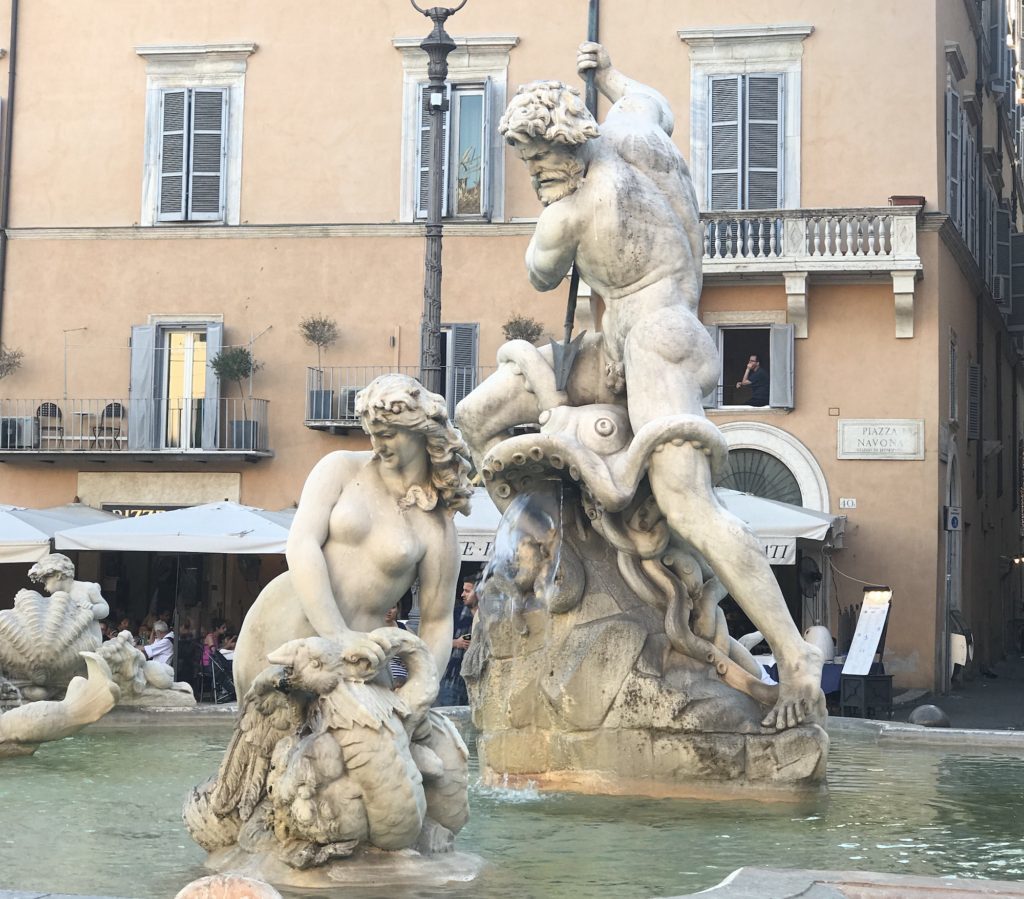
Fountain of Neptune, Roma – Original by Giacomo della Porta in 1574 – Neptune added in 1878 by Antonio Della Bitta. (An iteration 300 years later!)
Great work, breakthroughs, and innovation take time.
Iterating is a method that allows a deep understanding of your work. Iterating informs you about what didn’t work and why. Every iteration is necessary as one will become your best solution.
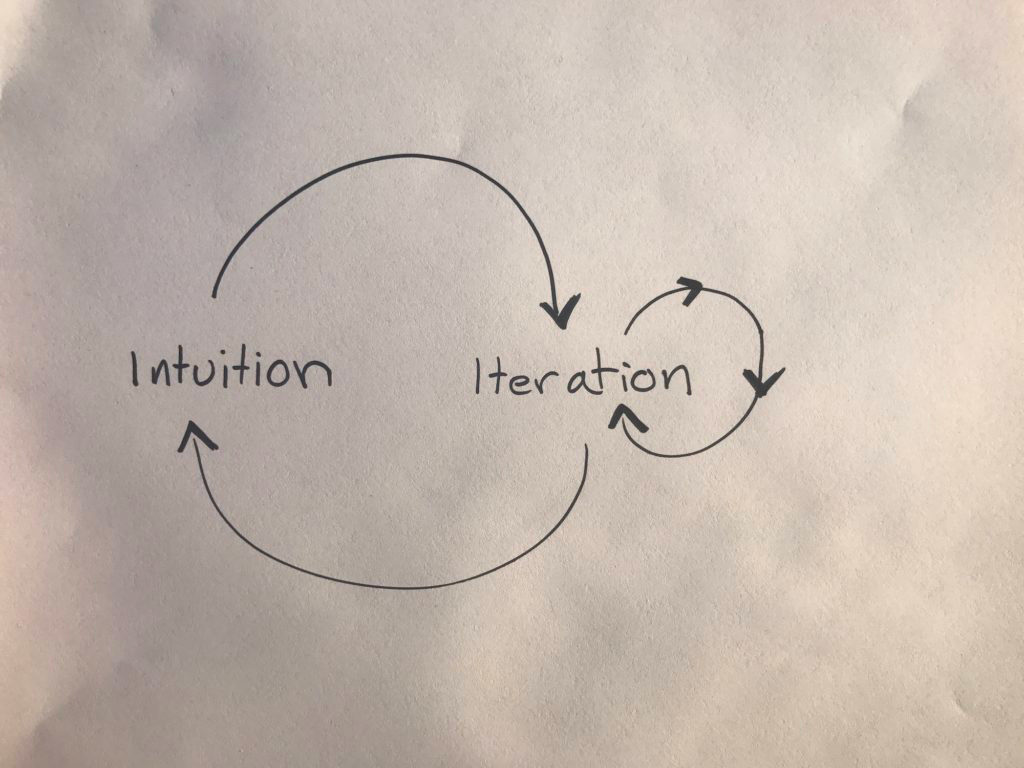
Iteration strengthens your future intuition.
Intuition being your ability to quickly judge and act on something with a gut instinct.
New experiences strengthen intuition which advances future work.
Iterating our ideas has three noteworthy personal benefits:
- Best solutions are identified.
- Future work abilities are advanced.
- Strengthened intuition.
Intentionally Go Past Done
In all work, there’s a stopping point. The stopping point is when adding more distracts from the core of a project goal.
In app building this could mean not adding too many actions to a screen. In startups this could mean not building too many features. In a brand this could mean focusing a message on a single audience rather than all people.
Yet, iterations are not about doing more, they are about refining. There are many ways to refine and often this means cutting and chipping away the excess. Trying to add more to a work when you’re “done” may reveal why additions are too much.
Go past the stopping point to gain insight into why things don’t work.
Push your idea over a cliff, watch it burn, then pull back the good bits from the fire.
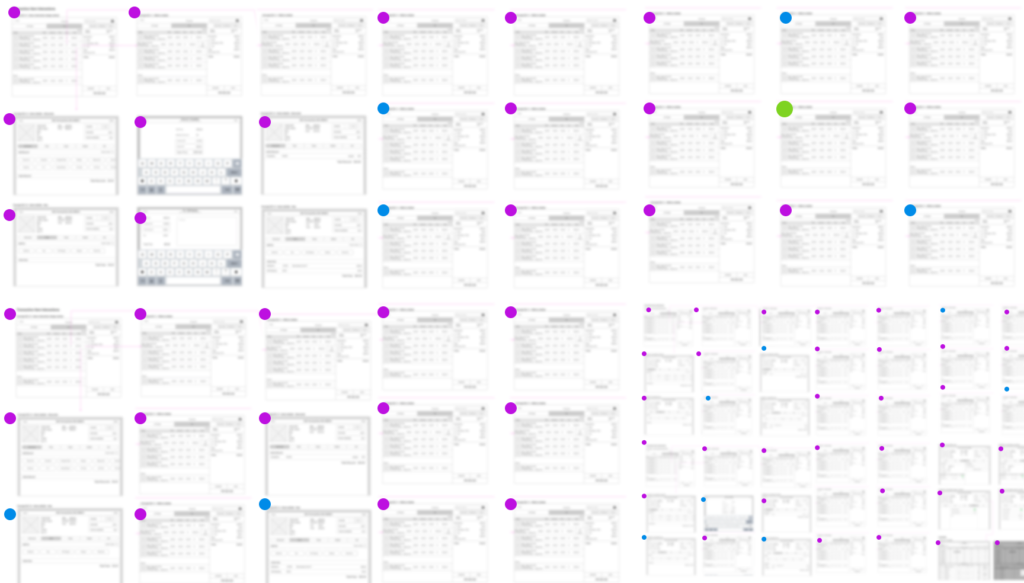
Massive iteration in early explorations.
Trust Your Intuition and Validate
Intuitions are odd. Your first concept on paper, in design, or on a whiteboard might be your 100th mental iteration. Ideas likely have synthesized and formed in your mind over time.
Once you have an intuition about what works in your field, it can be tempting to lean on it to solve problems quickly. The expert in you thinks enough is known because you’ve been there and done that. The artist in you wants to forge new ideas because creating something new is enjoyable.
Being curious about how current your work differs from past work will reveal new insight. Use the wonder of new possibilities to propel you forward.
When you iterate, even if you end up back where you started, you’ll have validated and strengthened your intuition. Even if you’re the top subject matter expert you can still innovate, find new insights and discover more about the world; don’t rest on past knowledge alone.
Hypothesis. Test. Tweak. Iterate.
Maybe your best idea is your first idea. But you won’t know unless you iterate.
1. Hobson, Archie. Oxford dictionary of difficult words. New York: Oxford University Press, 2004. (reference)
2.About Roma, Fountains of Roma (reference)
Originally published at Ron Sparks.
How to Collaborate with Your Creative Agency to Make Great Work
Engaging a creative agency? These best practices will help you get the most out of your collaboration.
No matter the industry, we all want to do great work — smart, inspiring and impactful work that makes a difference. When it comes to selling your latest software security solution, or leadership training program, a collaborative client-agency relationship is key to giving your latest and greatest the light it deserves.
Thankfully, there is a tried and true process we use to maximize our marketing efforts and get the best return on investment: it’s called the creative process. The creative process doesn’t look like a bunch of light bulbs flickering on over the minds of geniuses. Rather, it’s a process of exploring different ideas together — both good and bad — and refining them to land at the best solution.
When it comes to fostering a strong, productive client-agency collaboration, the creative process can be a real superhero. And so can the client.
Here are four best practices a company can employ when engaging a creative agency to promote smooth collaboration and create amazing work together.
Four Best Practices for Better Creative Collaboration
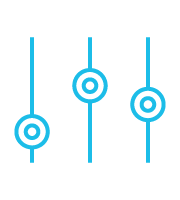
SET THE TONE
Whether producing a single video project or undertaking a complete digital strategy, it’s important to set the tone right away by clearly outlining your expectations for your creative agency. Taking care to define the project’s objectives, target audience, and communication challenges will ensure a laser focused creative process and smooth collaboration.
Also, take time to think about the kinds of creative material that inspire you and the company. Providing your agency with specific creative references will help keep them from straying too far from your vision and will cultivate greater efficiency.
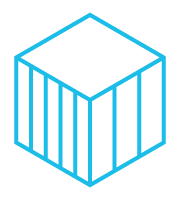
CONSIDER ALL SIDES
As you move into the development of ideas, guide your agency through the business goals that are driving your project so they can respond with concepts that are appropriate for those goals.
You may have something specific in mind at the onset of your project, but remember to be open-minded as well. After all, the most innovative ideas often come from unexpected places. Your agency may cook up an alternative way to solve the communication obstacle that’s worth considering.
For instance, you may want to create a presentation highlighting the latest findings in your research, but perhaps developing an interactive microsite would invite more user exploration and engagement. Even so, it’s important to remember that both parties in this partnership are experts. Nobody is more knowledgeable about the product or service than you, the client. And the agency is brimming with specialists in strategy and design. Balance the integrity of information with creative ways to communicate it.

BE CONCISE
The design and execution phase of the project will reveal opportunities for refinement along the way. Whether a live action video, animation, infographic, presentation, or landing page, the goal is still the same: engage viewers and encourage them to take action.
Because marketing messages must battle waning attention spans, remember that a concise message is often the most effective message. Resist this temptation to pack in every bit of good information about your product. In many cases, a video meant to spark excitement for a new product launch will lose its effectiveness by becoming a tedious list of product features. Focusing instead on a select group of differentiating features will not only be easier to remember but will keep eyeballs scanning all the way to that CTA.
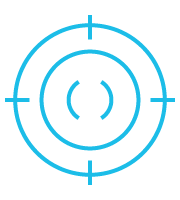
STAY FOCUSED
Reviewing work throughout the stages of the creative process is crucial to completing a project on time and on budget.
Review cycles tend to run smoothly when working with a condensed team of stakeholders who are all very familiar with the full context of the project objectives. Often times, too many opinions can stir up the integrity of a concept and water down its impact. Establishing a clear approval process at the onset is the best way to avoid endless iteration.
Identifying a single point of contact on the company side to filter and consolidate all feedback into one direction helps keep communication with your agency clear and the project moving forward. And as long as your feedback is constructive, your creative agency will respond positively and project morale will continue in the right direction.
Distilling ideas into great solutions isn’t easy.
Your latest and greatest solution deserves sharp creative. It deserves a marketing effort that strikes a chord with your audience. Savvy client-agency collaboration is what it takes to leave your mark. Hopefully, these best practices will help you foster great work along the way.
